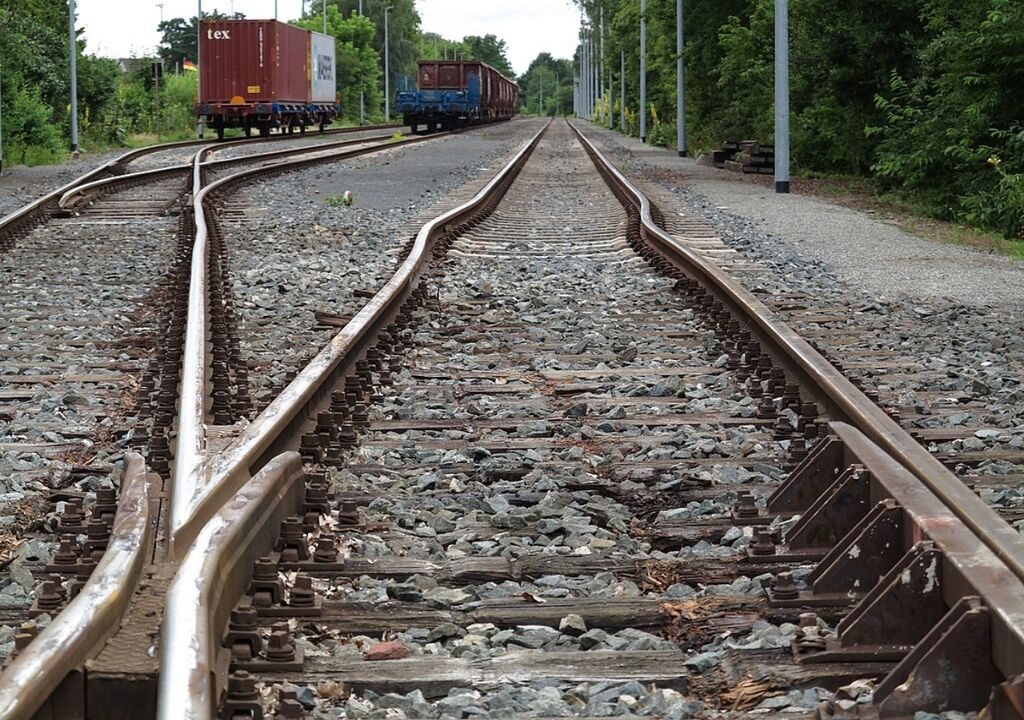Plans to prepare transport systems to minimise effect of increasingly extreme heatwaves
Although heatwaves have always occurred, the trend is set for them to become more frequent and intense. Strategies are therefore being sought to minimise their effects on transport systems, workers and the people who use them.

One of the most notable aspects of climate change is that it is making heatwaves more frequent and severe globally. Last June, at least 1,300 people died from the heat during the traditional pilgrimage to Mecca in Saudi Arabia. Although this pilgrimage unfortunately claims many lives each year due to the time of year in which it takes place, the truth is that this year the number of deaths exceeded those of previous years.
As indicated in Nature, those living in the tropics suffer the worst effects of heat. But by 2100, three-quarters of the world's population could be exposed to climatic conditions exceeding a lethal threshold of temperature and humidity, compared with just under a third in 2000. This reality also impacts transport systems, which are also affected.
Extreme heat bends tracks, melts cables, warps road surfaces and bursts tires. This year, traffic in India has been disrupted by melting road surfaces. And last summer, bus passengers in Houston, Texas, had to wait at stops that got so hot that several ended up in hospital.
Preparing for transport to more extreme heat
During the 2022 heatwave in the United Kingdom, where the 40ºC barrier was surpassed, dozens of flights were interrupted by the deformation of the runways and UK trains suffered delays due to problems with the tracks.
At present, cases of track deformation due to heat in Spain are around 20 per year. But by 2050, the authorities believe that number could climb to 500 cases per year. Each of them leads to delays, suspension of trips and in some cases closure of routes with the impact that this entails on the economy.

In the European Union, road maintenance costs are expected to rise by around 900 million euros per year compared to current levels by the end of the century, particularly due to the effect of heat. Compared to 2000, these costs have already increased significantly at constant currency levels. These figures are calculated for an increase in the average global temperature of 1.5 °C compared to the pre-industrial era. But if the scenario were more extreme, these costs could rise to at least 4.8 billion euros per year.
Governments, bus and rail operators, and cities urgently need to prepare transport systems for a warmer future, but efforts so far have been insufficient. For example, traditional London city buses are mostly uncooled, with windows barely opening to let in air. While the conditions of the 2022 heatwave have not been repeated, it is a scenario that is likely to be repeated more frequently in the coming decades.
Designing cities in the face of heat
Cities are realising that a holistic approach is needed. The first step is to determine what immediate risks extreme heat poses to local, regional and national transport networks and users. Work is usually done to combat extreme conditions, but little is done to address conditions that are becoming more common, especially in urban environments. The design of bus stops, for example, or train stations should take into account what is to come.
Extreme heat: the science
— Neha (@NehaDelhi96) August 1, 2024
Most of the world's population lives in tropical and subtropical climates and cities. These areas experience dangerous chronic heat conditions or prolonged periods of extremely high day and night temperatures, sometimes accompanied by seasonal or pic.twitter.com/D9bGD2D515
An anticipatory action plan should consider installing temperature sensors and monitoring systems along transportation networks, especially around the most vulnerable parts, such as exposed sections of railway tracks and poorly ventilated underground infrastructure.
Combining temperature sensors with the use of communications could enable real-time monitoring of conditions. This would facilitate better maintenance planning, as well as local, dynamic and better-informed responses to conditions, such as imposing speed restrictions to improve safety. Some cities in Arizona, Abu Dhabi in the United Arab Emirates, or Singapore are increasing the amount of shade provided to pedestrians, cyclists, commuters, and transportation workers such as bus drivers and maintenance staff.
Phoenix, in Arizona, has installed “cool pavements” by applying coatings that reflect solar radiation, for example by changing materials and going to colored pavements such as light blue or sky blue. Spain is using heat sensors on rail tracks to provide early warnings, as well as heat-reflecting coatings and paints to limit rail temperature increases. The UK sets speed limits during heatwaves to prevent rails from buckling and reduce the risk of accidents.








